Vous mangerez bien de l'art ?
They look at food from a different angle, using it as an ingredient to paint or creating art that looks – and sometimes is – good enough to eat. Tuck into the work of some local artists.
By Tanja Stojanov
To be an artist, as Baudelaire explained, is to listen to your time, its movements, its uses, to ferret out what is most poetic about it, “drawing the eternal from the transitory”. Sitting down to eat is probably the most common social ritual. So it’s hardly surprising that contemporary visual artists have seized on this theme to question our habits and bring out of foodstuffs and simmered dishes, inherently ephemeral and quickly swallowed up, something more. Whether they’re linking food and life cycles, exploring taste and revulsion or humorously challenging family mealtime rituals, each artist uses their own medium, contributing to a sumptuous feast at the great table of contemporary art.

1 Gilles Barbier Le festin #I, 2013, Technique mixte, 165 x 390 x 115 cm, Collection privée, Austin, États-Unis.
Gilles Barbier - Habiter la nourriture
Meat fest. In his sculpture Habiter la Viande [Inhabiting meat], the Marseille-based artist places tiny, pristine white houses inside highly realistic carved cuts of meat. On his pedestal tables and banquets, which resemble semperus – replicas of dishes displayed at the entrance to Japanese restaurants – the copious piles of glistening food verge on the revolting. The artist even writes the chemical ingredients on his designs: resin, silicone, paint, etc.
Stéphane Steiner - A la table des non-dits
Contemporary artists also experiment with new ingredients to create paintings, as in the case of Stéphane Steiner, who is unveiling his Secrets de famille [Family secrets] at the Espace à Vendre Gallery in Nice this winter. His canvases are covered in alphabet pasta, in colours that smack of tomato, pumpkin or leek soup. The series is called Mange ta soupe et tais-toi [Shut up and eat your soup].

Stéphane Steiner Secret de famille tomates (détail), 2015, technique mixte. Stéphane Steiner et Espace à Vendre

3 Simon Bérard, Oe dans la fumée, 2019, jus de chou rouge, chewing-gum, œuf de caille et paille sur toile, 45x10 cm.
Simon Bérard - Mâcher le travail
A lot to chew on. The artist Simon Bérard, who studied at Villa Arson in Nice, puts his body and, more particularly, his mouth to good use. “I chew quail’s eggs, which I then spit out onto the canvas, and I also use red cabbage as a pigment. I wanted this process to be at the heart of the painting.”
Natasha Lesueur - Letting your hair down.
Represented by the Eva Vautier Gallery in Nice, Natasha Lesueur soon set to work creating extravagant hairstyles using chopped-up foodstuffs, arranged on the heads of her models and then photographed. These images are a protest against gender stereotypes and images of women as commodities to be consumed.

4 Natacha Lesueur, Sans titre, 1998, épreuve chromogène brillante ou ilfochrome, 80 x 80 cm. Courtesy de l'artiste et de la galerie Eva Vautier.

5 Marie Larroque-Daran, Plantes en peaux (détail), peaux en agar-agar déshydraté avec glycérine végétale, kaolin, cire, fil de lin ciré. Installation pour l’événement « Végétalisons », Festival Artifice#4, Le Hublot au 109, Nice.
Marie Larroque-Daran -The cycle of life.
Some art forms, like the work of this Nice-based artist, are rooted in metamorphosis. “I like exploring growth and decay, because they’re part of the cycle of living things. I discovered that agar-agar is useful as a culinary ingredient and made a dehydrator so that I could work with it in volume and turn it into skins,” she explains. After exhibiting her Plantes en peaux
[Plants in skins] at the 109 centre of contemporary culture in Nice, she put them back in her garden.
Claire Dantzer - Lick it and see.
The Marseille-born artist exhibited her first wall of intensely dark chocolate at the Friche la Belle de Mai museum back in 2009. “Visitors would come and lick the chocolate, and the moisture left white marks everywhere,” she recalls. “I liked the idea of the piece being touched and destroyed by desire.”

6 Claire Dantzer, Pièce montée, 2010, acier, sucre et isomalt, 300 x 200 x 450 cm. Installation dans l’espace public, pièce éphémère réalisée à Gelos. Production du Bel Ordinaire, les Abattoirs, communauté d’agglomération de Pau (Pyrénées-Atlantiques).

7 Michel Blazy, sculpture Bar à oranges, 2012, techniques mixtes, dimension variable. Vue de l’exposition Le Grand Restaurant, Frac Île-de-France, Le Plateau, Romainville, 2012. Martin Agyroglo. Concept, Paris / Courtesy the Artist and Art : Concept, Paris. Collection FRAC Ile-de-France.
Michel Blazy - Organic sculpture
Bringing food into an exhibition is usually not allowed, but Michel Blazy creates installations composed of oyster mushrooms and decomposing oranges and recently exhibited a chocolate rug at the NMNM, Monaco’s national museum.
Agnès Roux - Edible art
While sight is still the sense that is most used, including in contemporary art, some works continue to embrace the Eat Art concept initiated by Daniel Spoerri in the 1960s. At the Logoscope in Monaco, Agnès Roux is showing ceramics based on the culinary arts, such as her tentacled oranges, and performance installations featuring edible works. This diverse range of techniques help us to re-examine our experience not only of food but also, more generally, of art, its customs and its myths.







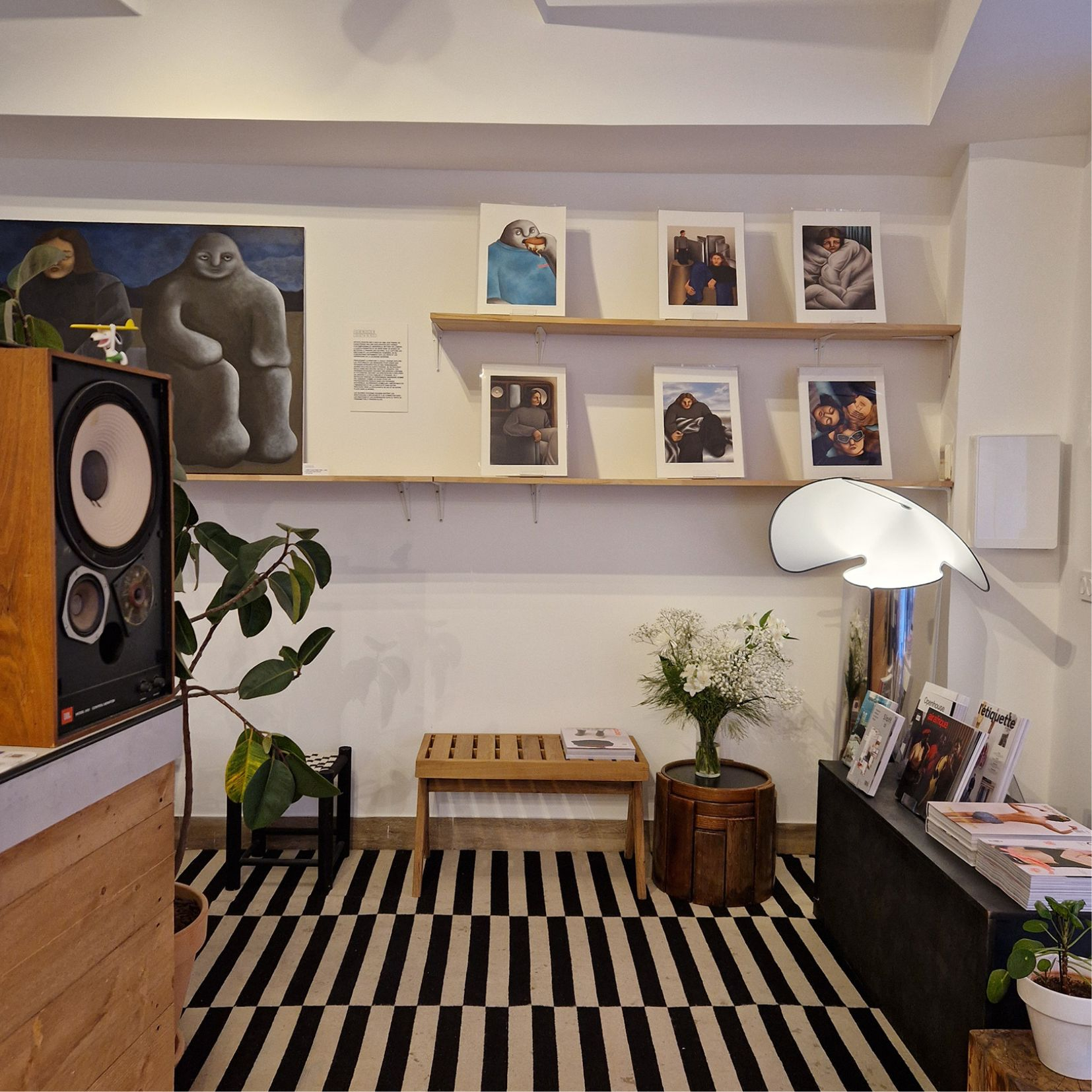
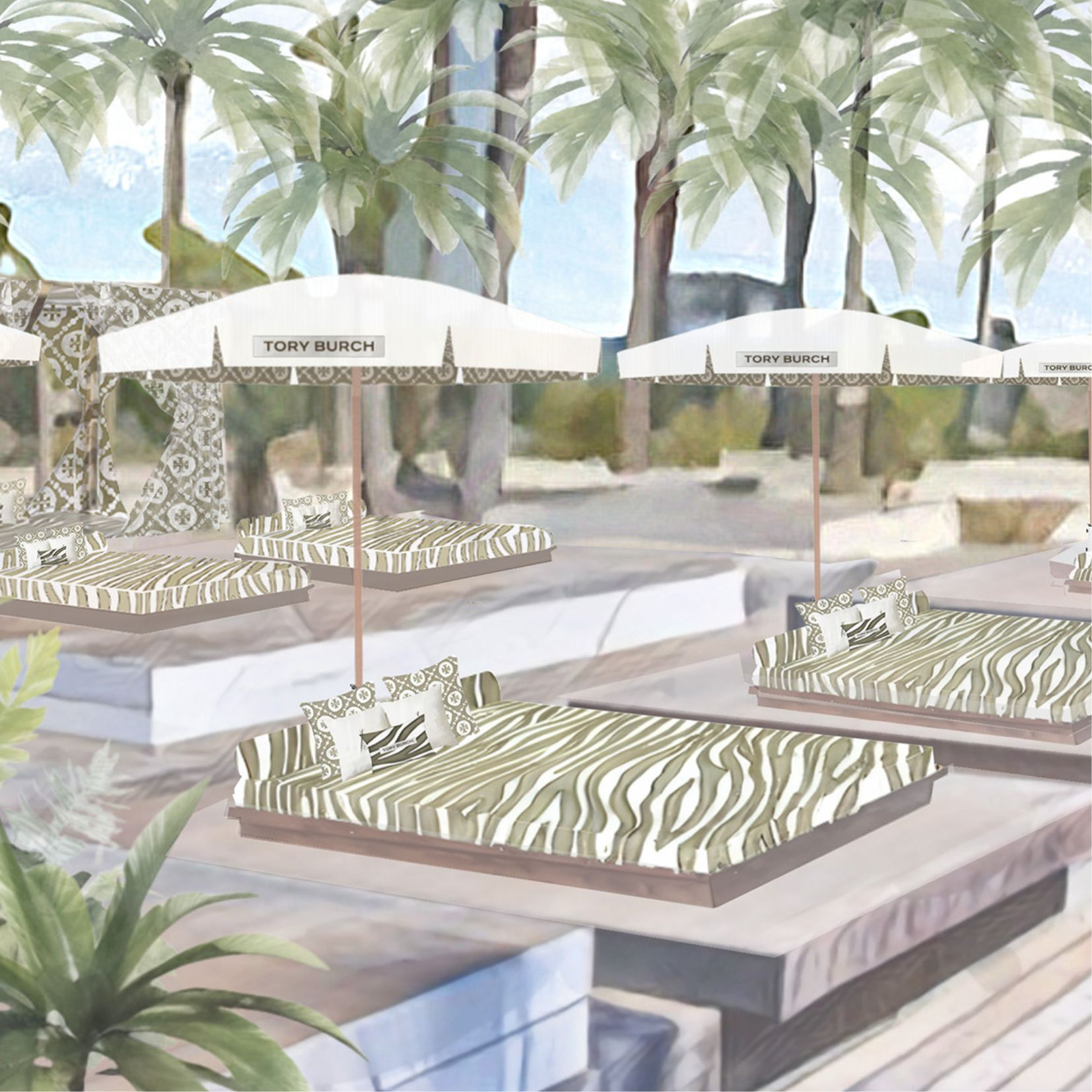
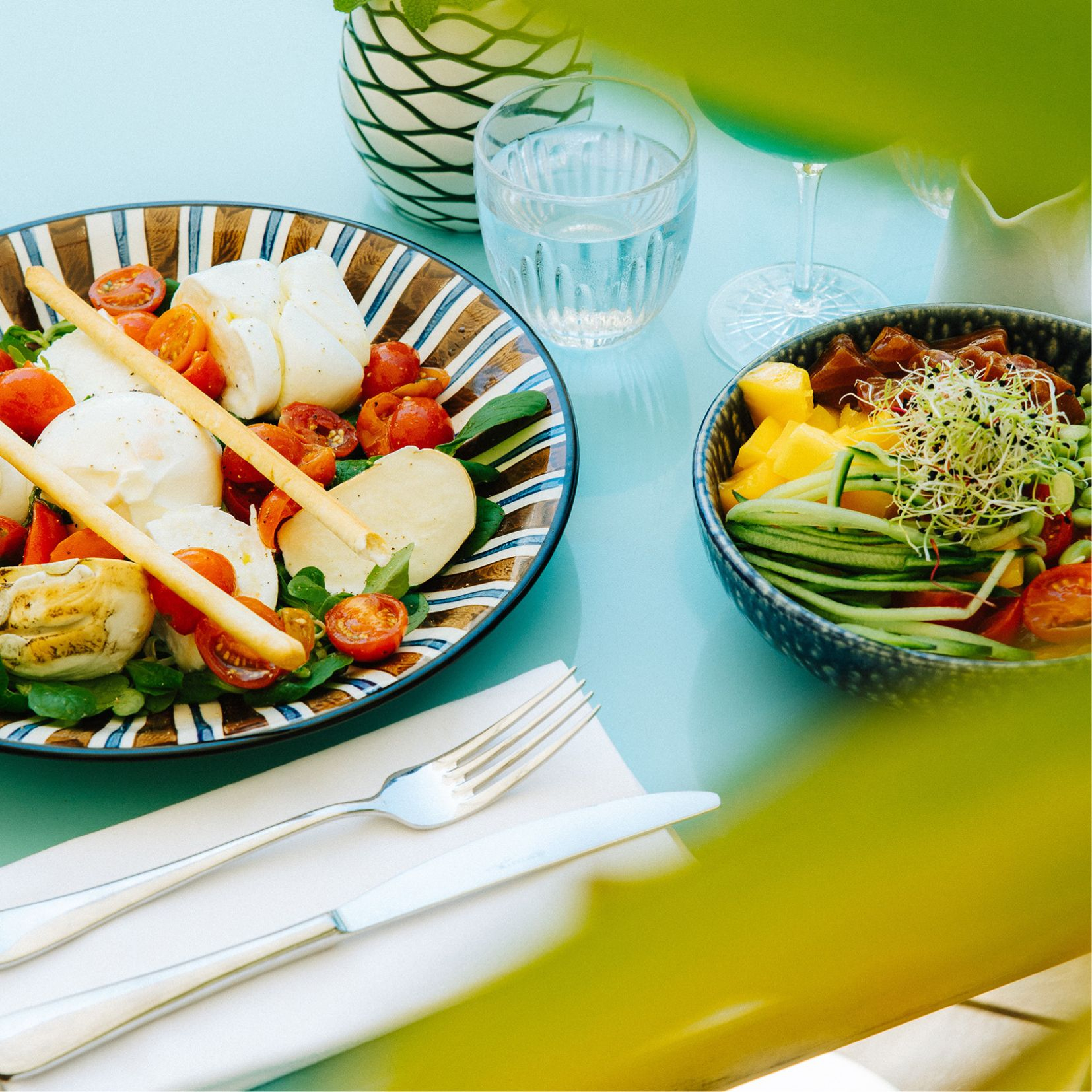

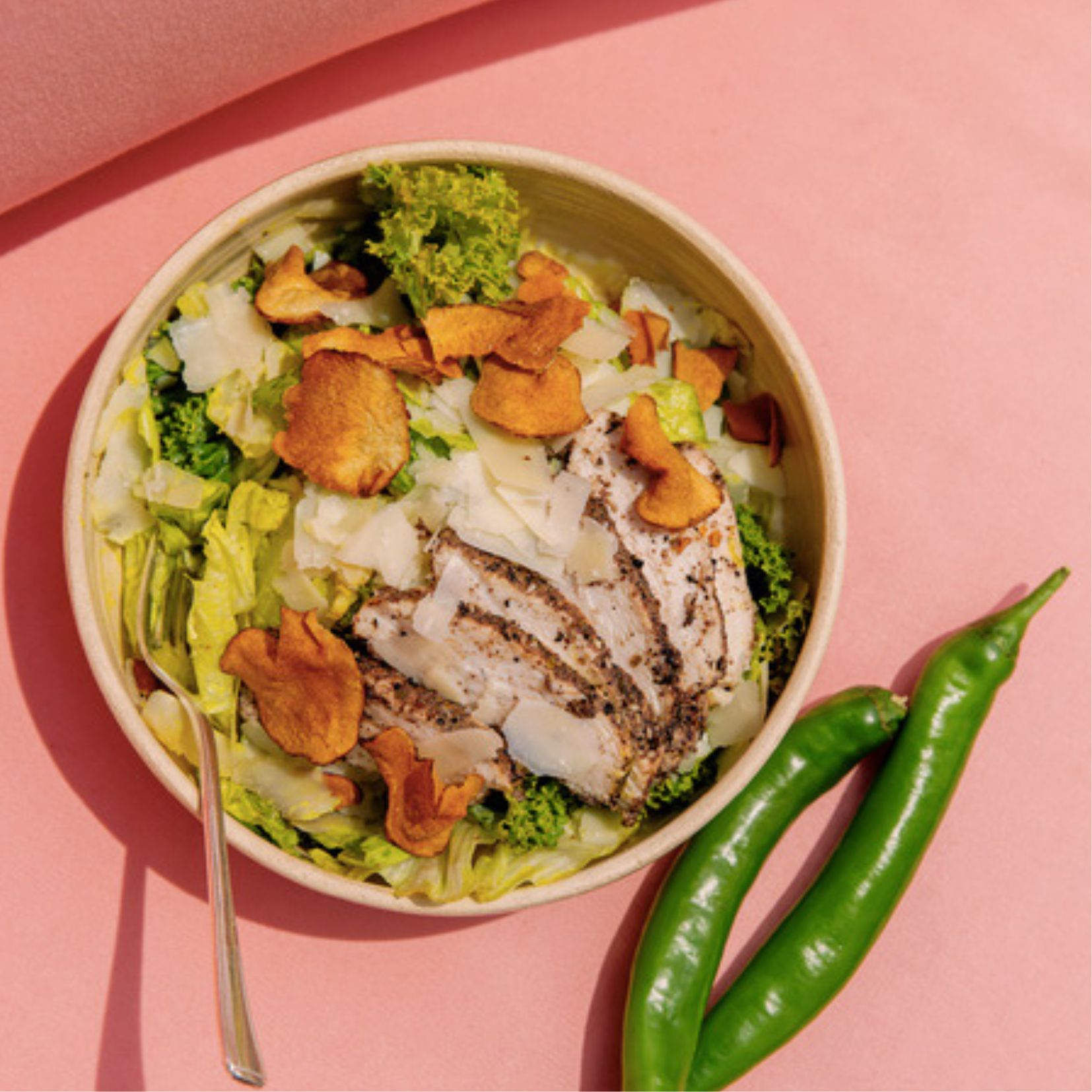

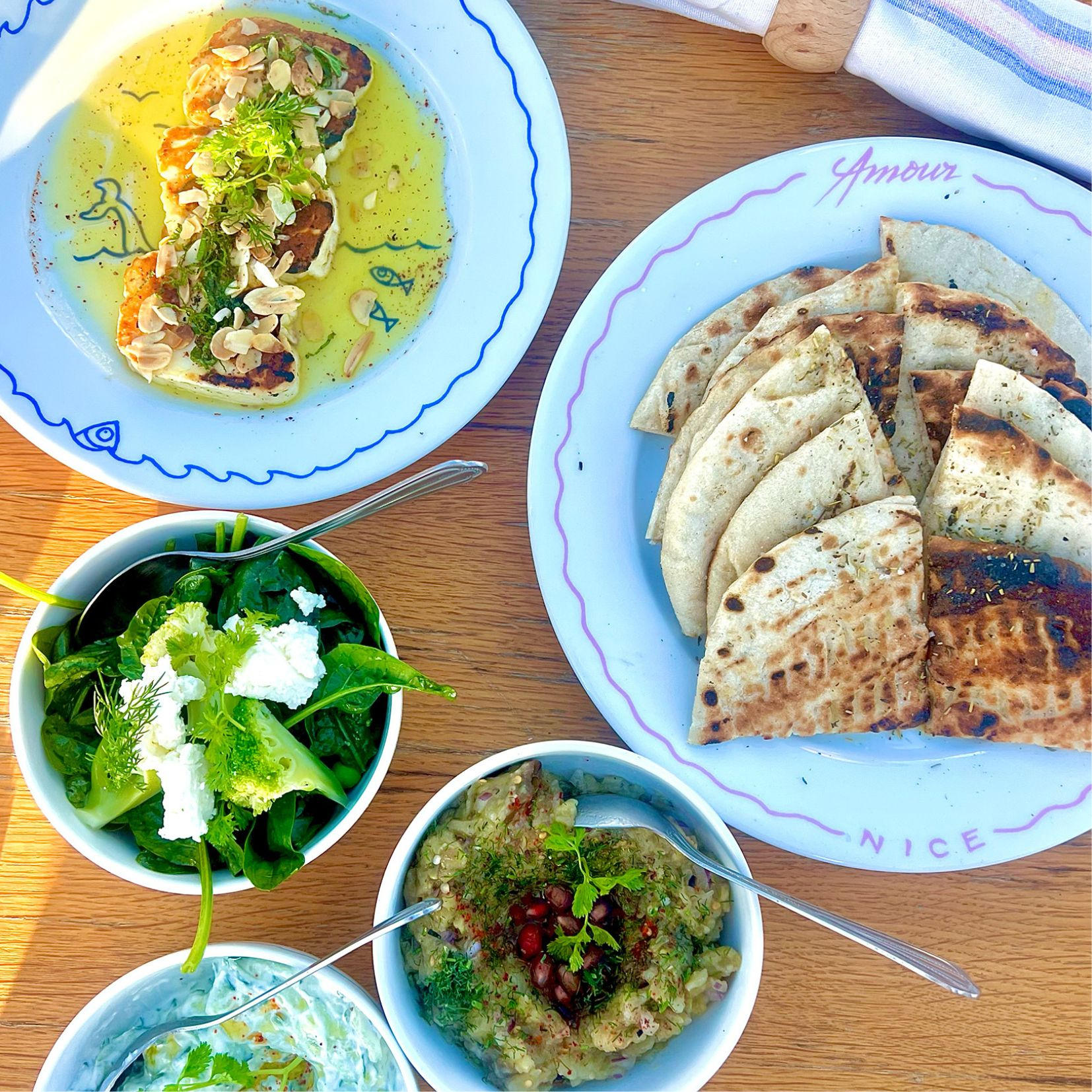
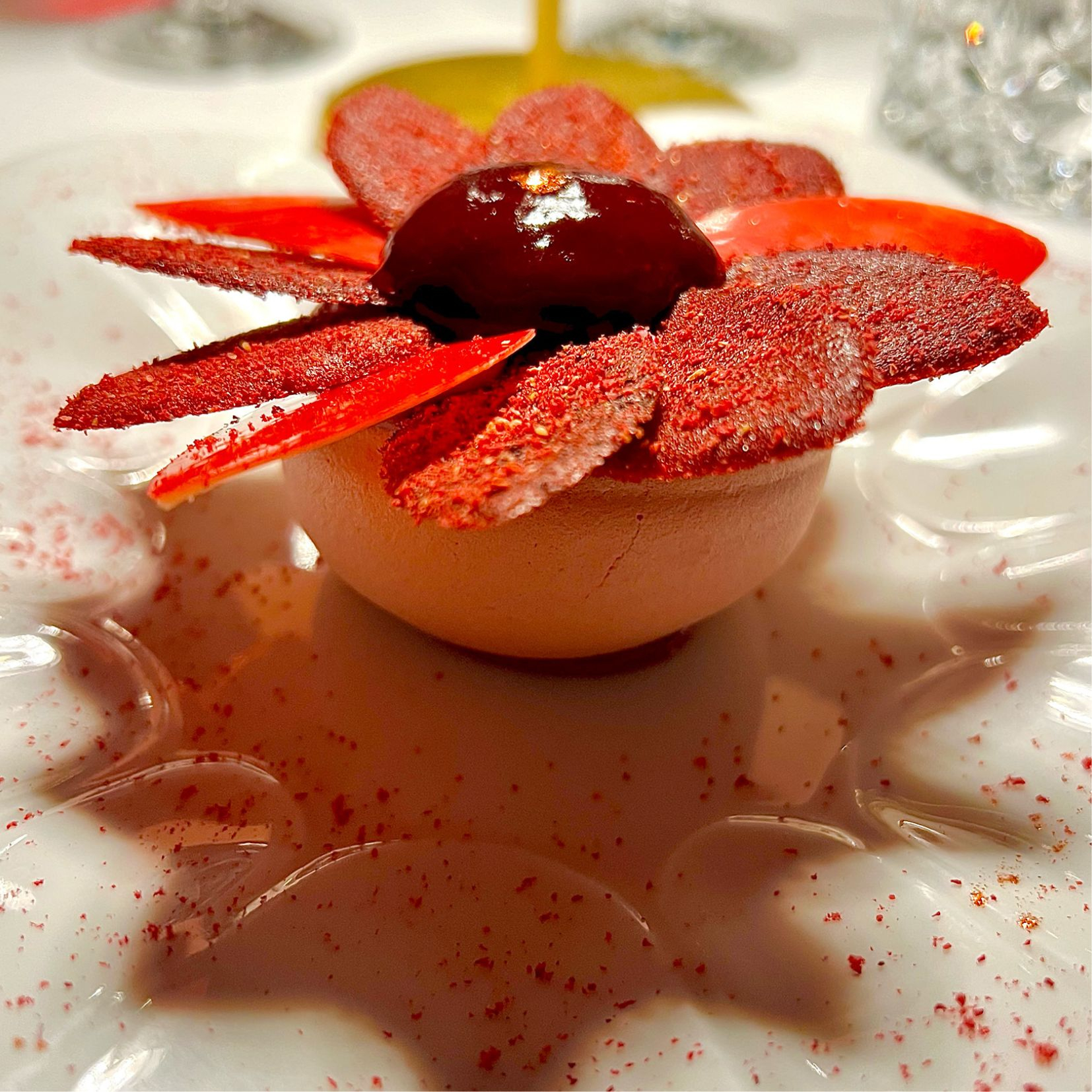
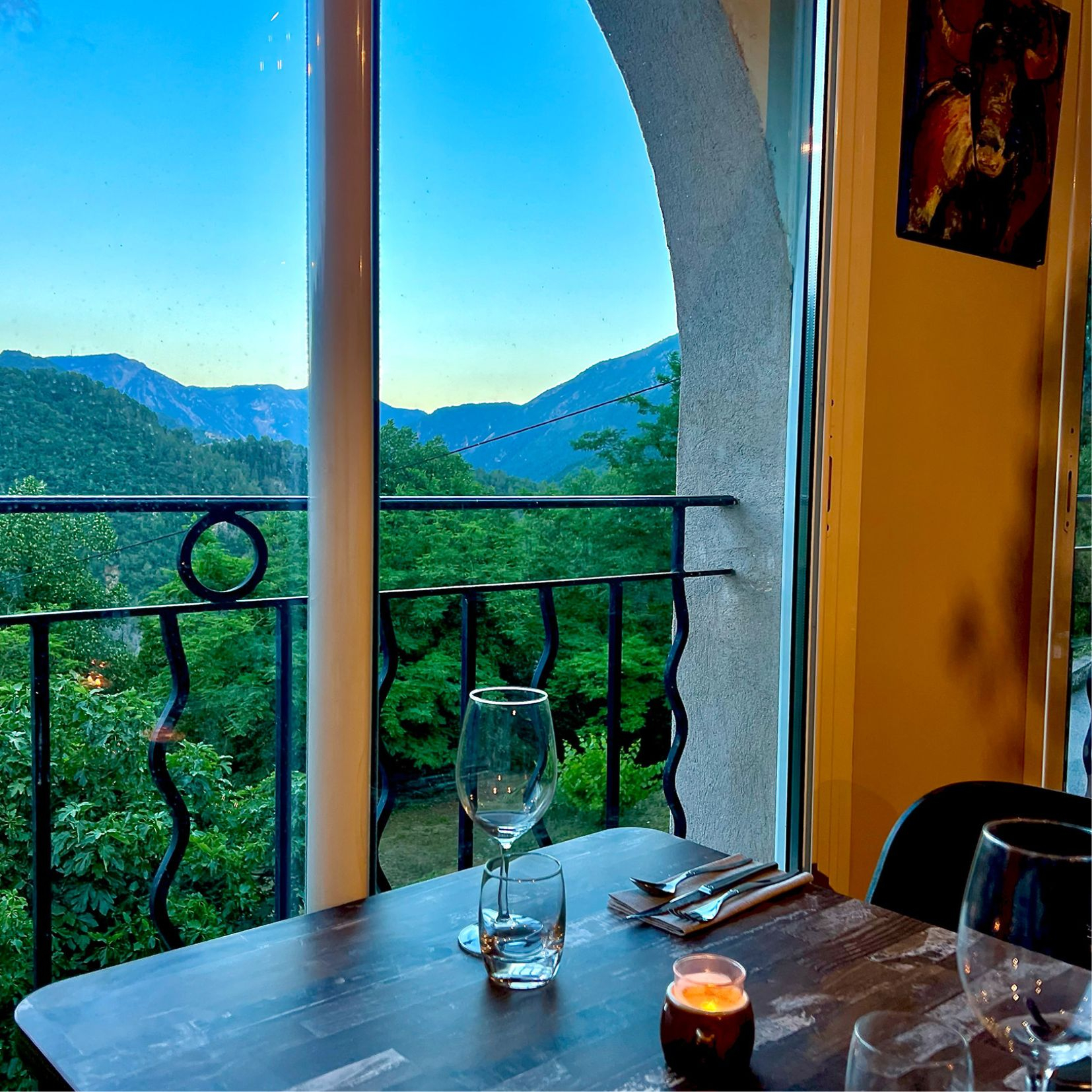

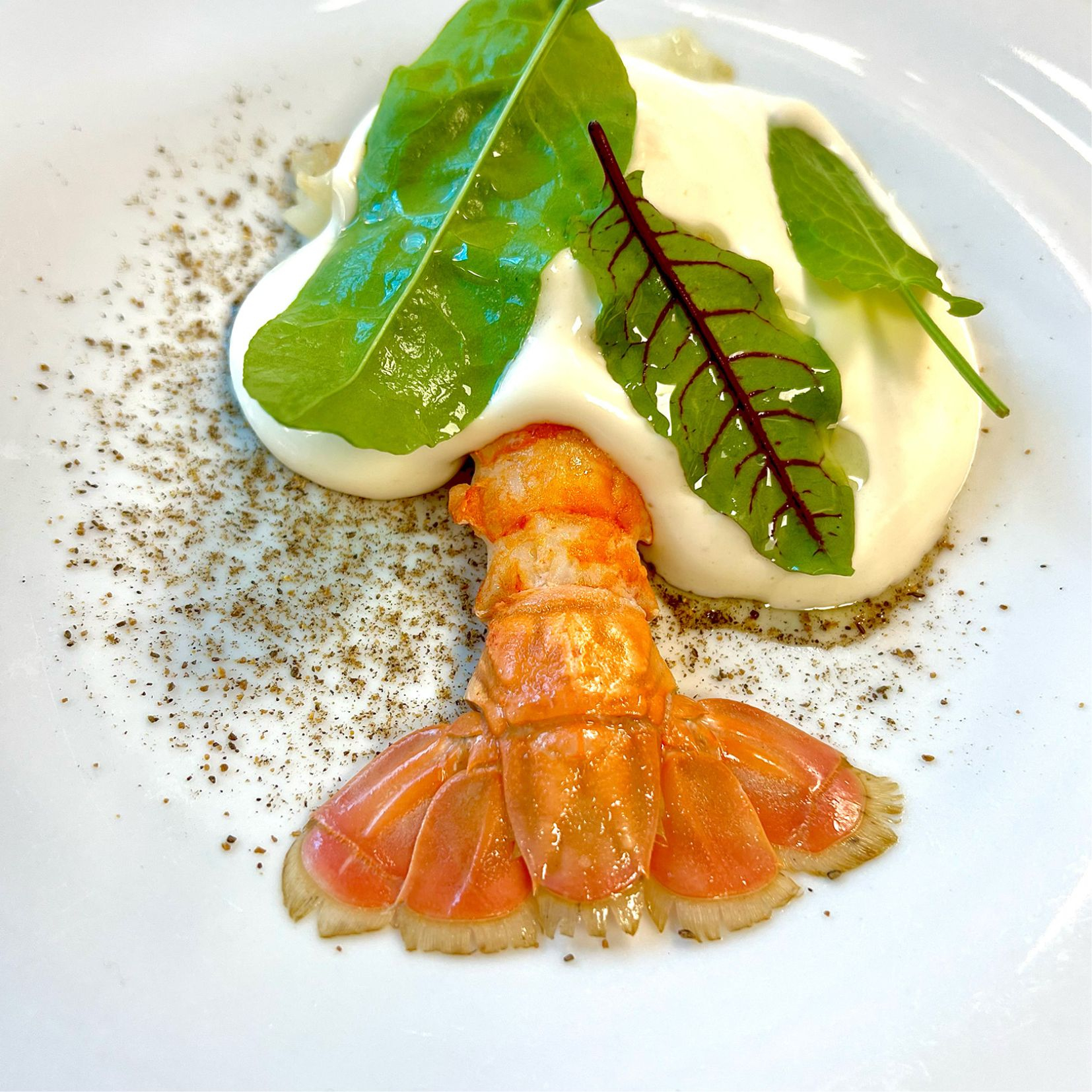
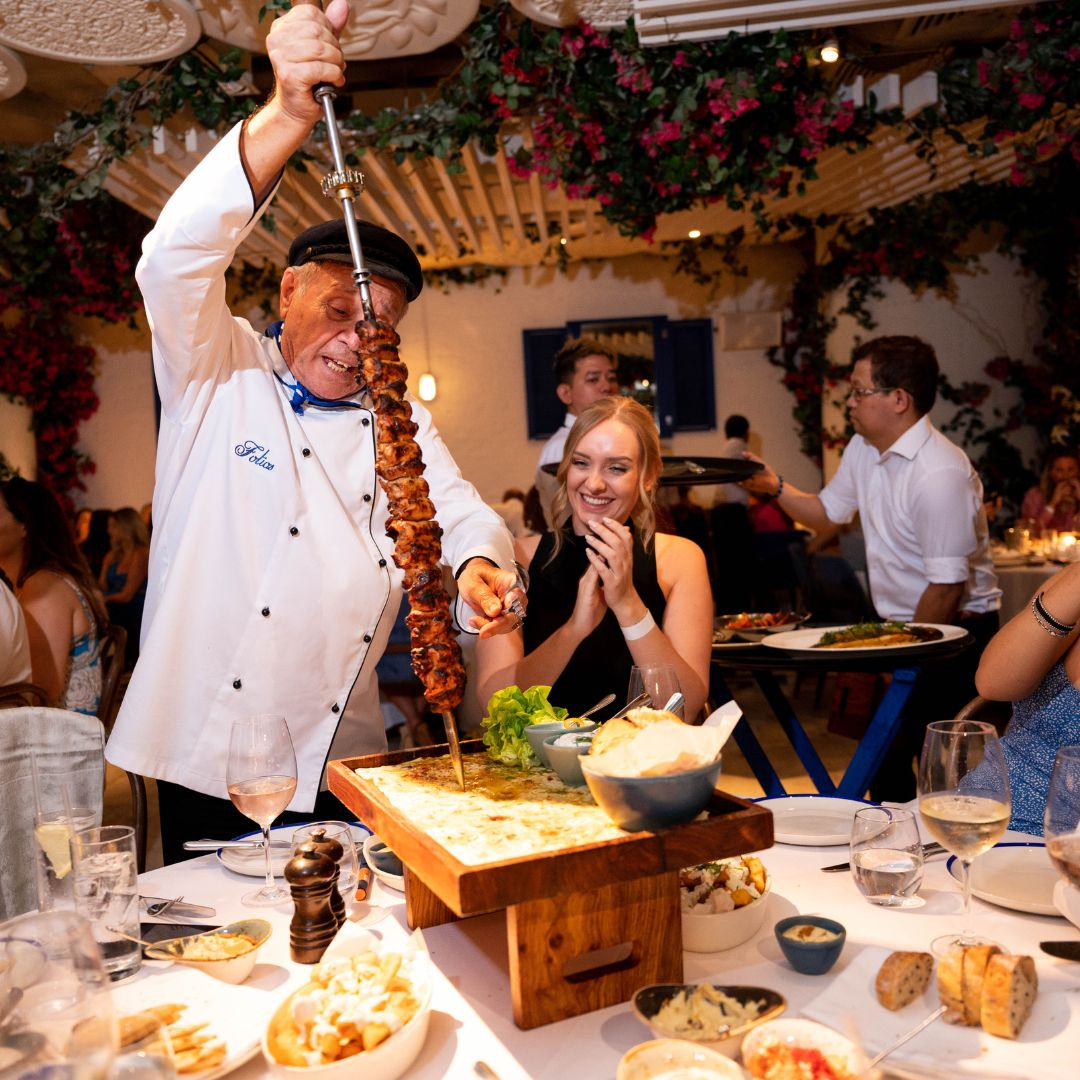
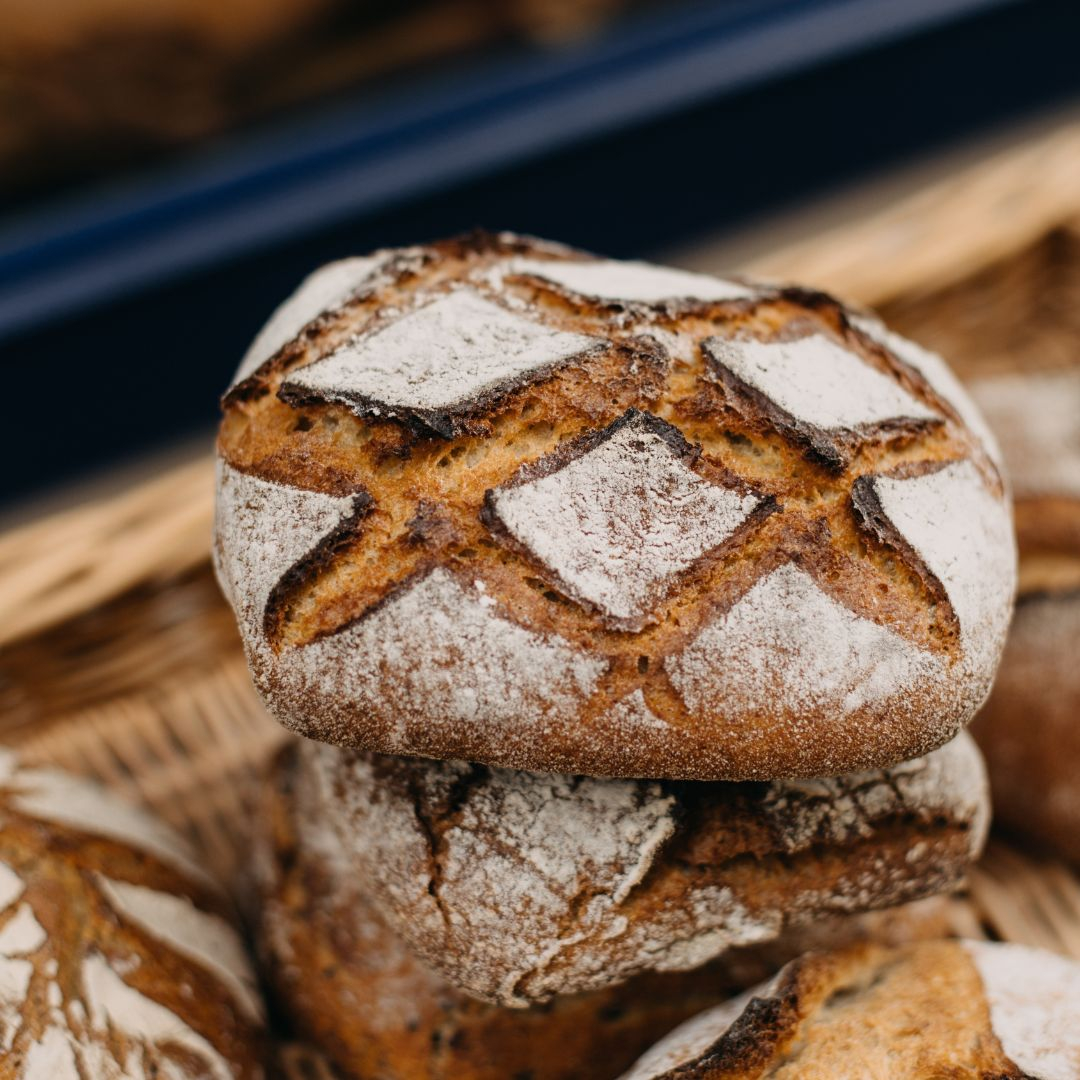

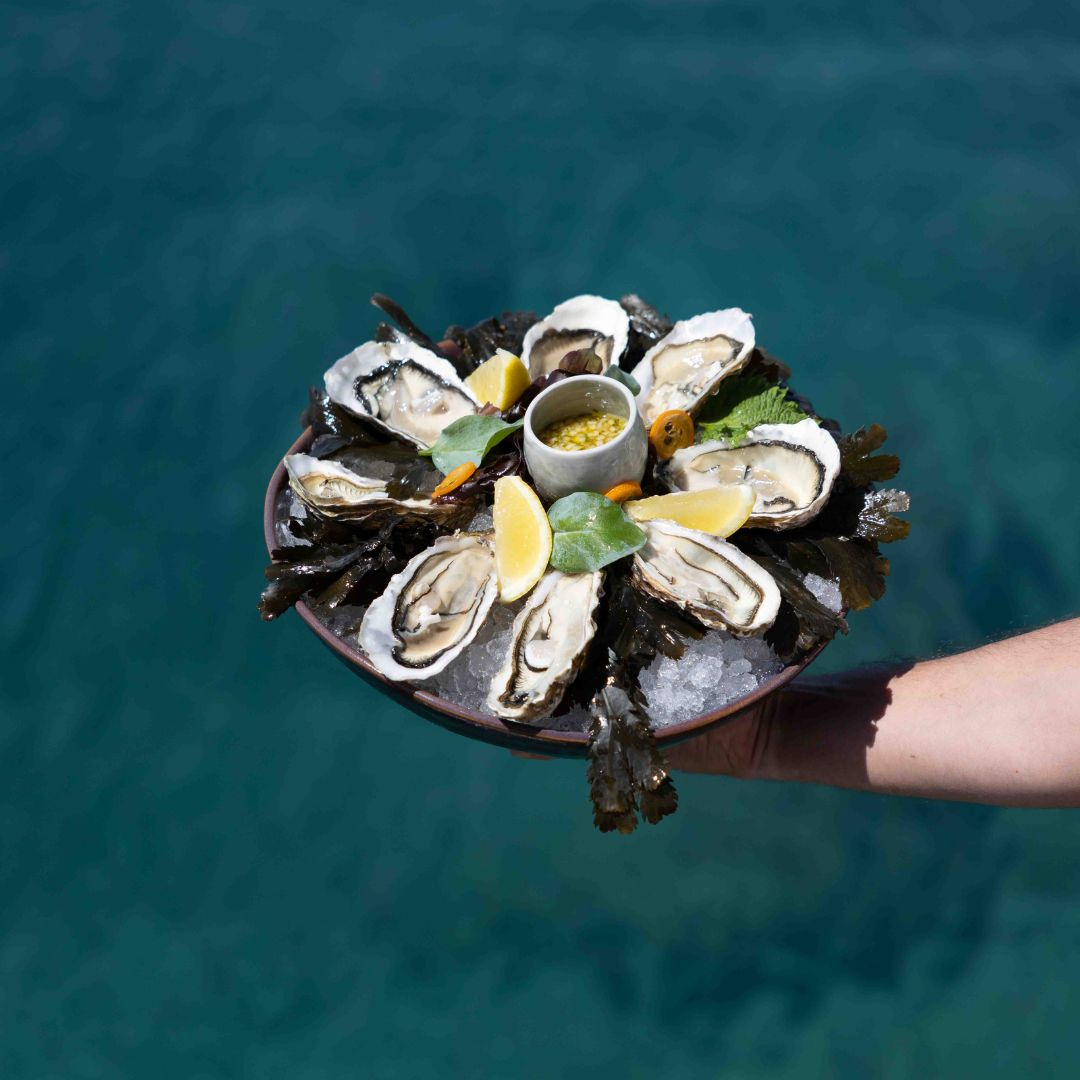
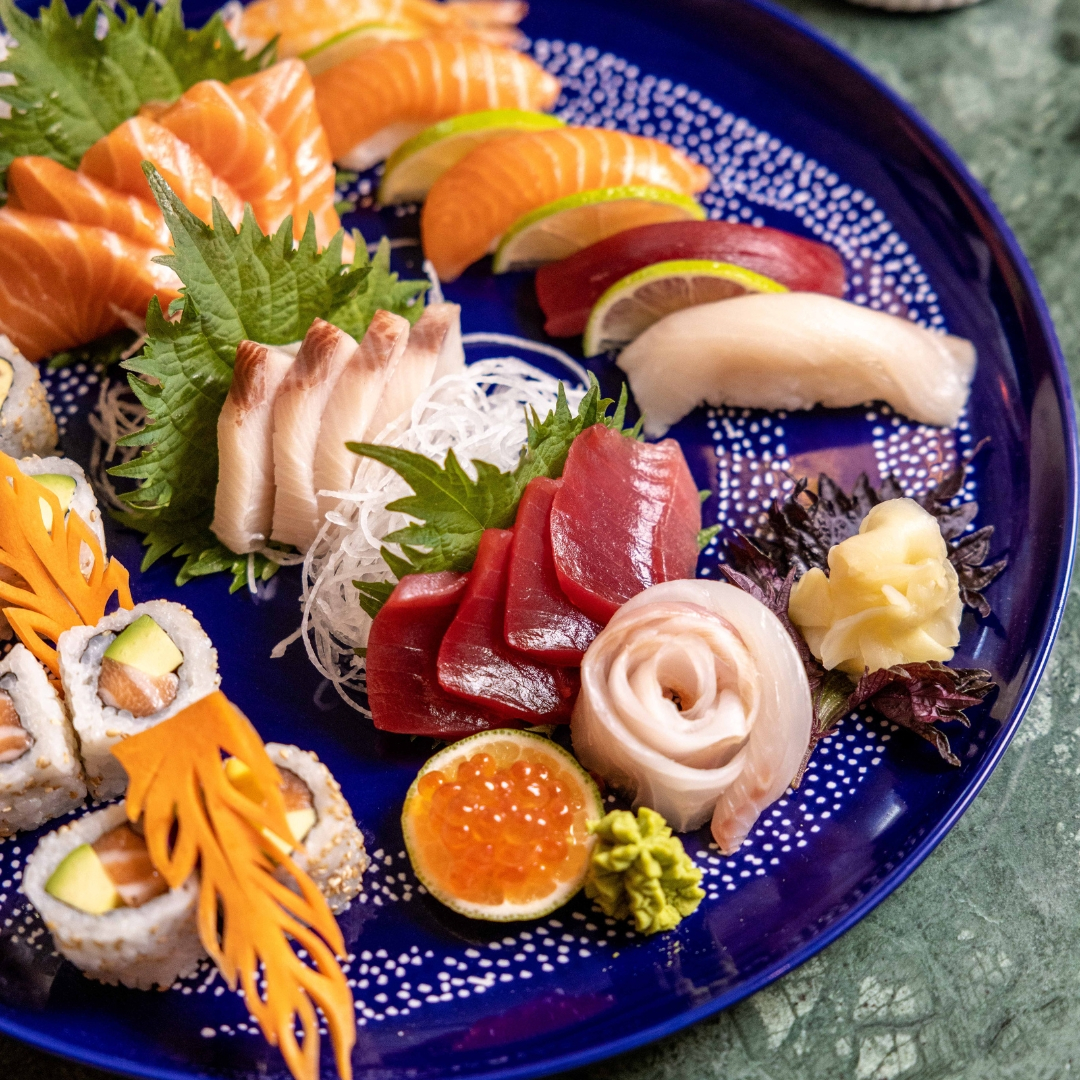




 Côteweb 2021, création de site Internet sur Nice
Côteweb 2021, création de site Internet sur Nice